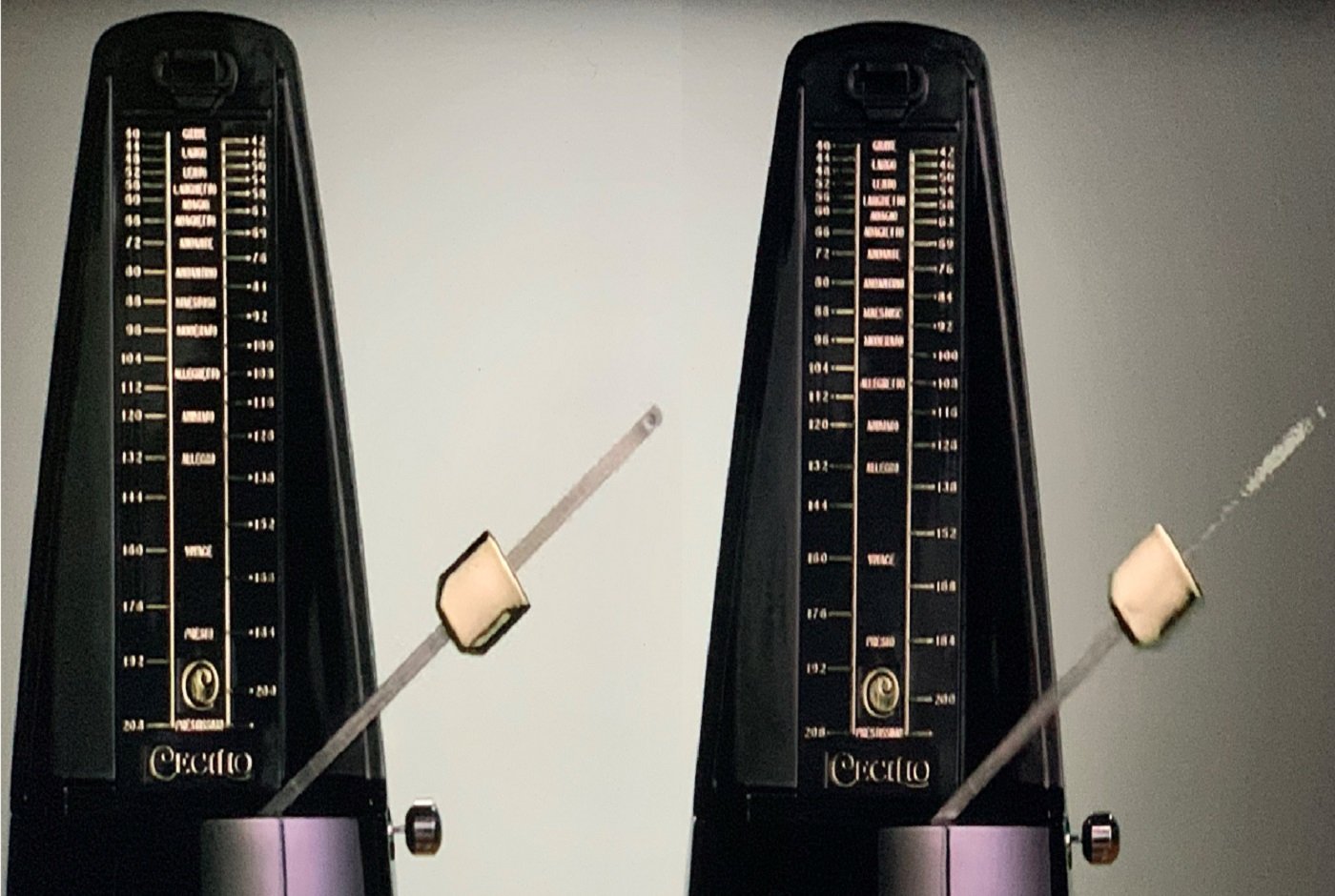
The butterfly effect in modern medicine: a small force with a large impact
This is the story (in Danish) of how the observations made by a physicist on the wall above his bed nearly 400 years ago may revolutionize today's use of medicine for serious illnesses. Christian Huygens discovered that two pendulum clocks, when hung from the same structure, could influence each other and oscillate in synchronicity. That knowledge is now being used by physicists in medical research. Very small amounts of medication given at a particular moment of a humans biological rhythm, it can have the same effect as the large doses that one would normally receive.
We are used to having life described by biologists. Physics, on the other hand, deals with nature in the broadest sense using mathematical formulas. In this program we will look at life viewed through a different lens as physical phenomenon, which can be described with formulas that can to calculate and predict properties.
Many may think that physicists have nothing to do in life sciences, but that is far from the case. Some of the phenomena we see in biology require the view of a physicist, and may only be understood using methods and tools from physics to observe and experiment about life.
Professor Mogens Høegh Jensen and Mathias Heltberg from the Niels Bohr Institute work with physics in biological systems, which may revolutionize our way of perceiving animals and plants, and which may radically change our treatment of diseases.
Follow Science Stories on: iTunes, Spotify, Google Podcasts, Twitter, Facebook, and Instagram.